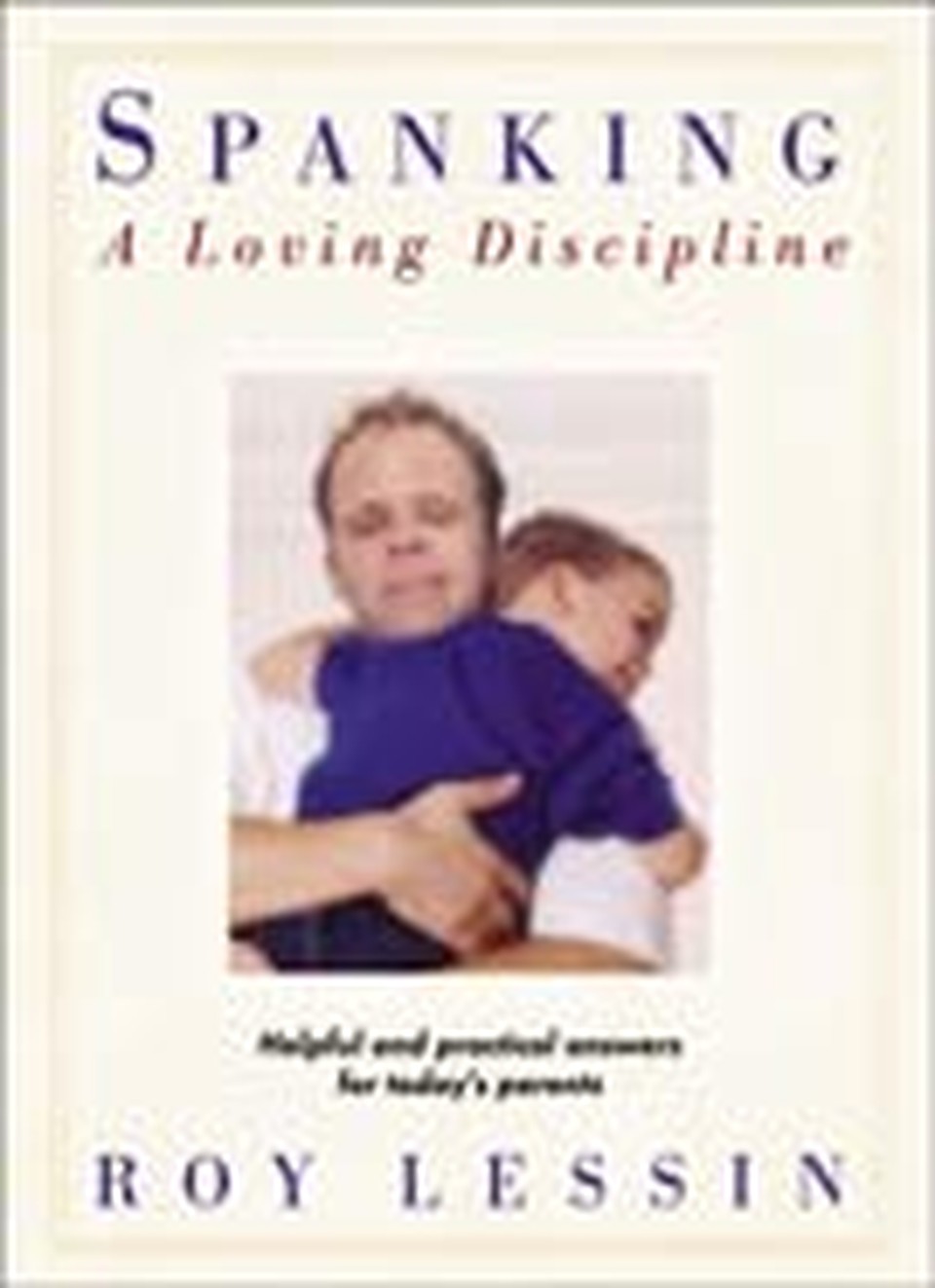Use Loving Discipline When Spanking

Instructions for Effective Spanking
1. Use the right instrument
God has instructed parents to use a "rod," not the hand, when they need to lovingly correct their children with a spanking. (A rod is a flexible twig or stick.) ...
Why does our loving God instruct parents to spank children with something other than the hand? Because the hand is a part of the parent and should, I believe, be reserved for expressing affection and love. We've all heard a disheartening experience of a parent who has used his hand for discipline; then when he reaches out to give his child a loving embrace, the child flinches and retreats.
The rod, however, is a neutral object. It has one purpose, and it should have its own special identity for a child. ...
God has instructed parents to spank with a rod because, in His wisdom, He knows this is the most effective way of providing the loving correction children need. The reason for this is that spanking, although an outward act, ultimately deals with the heart issues within a child. A spanking is not an enjoyable experience but rather a character-changing experience. Through a spanking a child is to be brought to the place of repentance over the wrong he or she has done. A rod is the most effective instrument to spank with because its flexibility brings the greatest result without the danger of physical injury. Stiff, hard objects like paddles or wooden spoons aren't flexible and could possibly injure a child. Belts, although flexible, might also cause injury and should not be used. ...
2. Spank promptly
A spanking should be given as soon as possible after a child has done something that needs correction. If delayed, younger children may forget or be confused over the reason for the discipline. A mother shouldn't put off spanking "until Daddy gets home." But when he is home, a father needs to be sure to take his responsibility in providing correction and not leave it only to his wife. A child has the responsibility of obeying both parents. ...
Another reason a spanking needs to be given promptly is because of the negative issues that can develop in the heart of a child. It is easy for hardness or resentment or bitterness to grow if discipline is delayed. "Discipline your son while there is hope; do not set your heart on his destruction" (Proverbs 19:18). ...
3. Find a private place
Spanking is a private issue between parent and child. Its purpose is correction, not embarrassment. Before a spanking is given, a parent should take the child to a place where privacy can be insured. If a parent is away from home and a spanking is needed, time should be taken to find a private place. This may mean interrupting some activity, such as shopping; but as children come to realize that their parents consider training more important than personal activity, they will quickly learn that obedience is also expected when they are away from home. ...
4. Clarify the issue
Before a spanking is given, it is important to make sure the child understands the reason for the spanking, in order to bring that child to a place of repentance for the particular issue involved. When God brings correction to His spiritual children, He is always very specific about the issue. He is never vague or secretive about discipline. ...
When explaining the reason for a spanking to a child, a parent can use simple and direct wording. The explanation should always be connected to what the child did. A parent should avoid vague comments such as "Was that a nice thing to do?" or "How could you do that to me?" or "What would Daddy think?" These statements may appeal to a child's reason or emotions but do not address the real issue. It is best to quickly identify the wrong behavior: "Mommy said 'no,' and you disobeyed." Or, "Daddy said, 'Come here,' and you did not come." ...
5. Spank the proper area
Two things take place at the time of a spanking. A parent gives the spanking, and a child receives the spanking. A practical suggestion is to have the child lean over a bed or chair in order to receive the spanking. A spanking should be given on a child's lightly clothed bottom. Parents need to use practical wisdom. Remember, a spanking is not intended to embarrass or humiliate. ...
6. Spank sensibly and swiftly
Children may attempt to get out of a thorough spanking with a "fake" cry, but it is important not to give too few swats and undercorrect. Of course, it is also important not to give too many swats and overcorrect. Parents need to be sensitive to the Holy Spirit and their child in this matter. Too few swats, as well as too many swats, can render the spanking ineffective-and frustrating-for both the child and the parent. The swats should be given rapidly, one after the other, so that the spanking is over with quickly. A spanking should not be a slow, drawn-out process. Administer the spanking swiftly, and then it's over and forgotten, not to be brought up again. When the Lord forgives our sin, it is buried in the depths of the deepest sea-to be remembered no more. ...
7. Have a period of reconciliation
After correction, a parent needs to allow a child to cry for a reasonably short amount of time. Then a child should be told to stop crying and be brought under control. If parents leave the room immediately after a spanking and a child is left in tears, those tears can quickly turn into self-pity. When this happens, children will usually go looking for sympathy from someone, most likely the other parent. This will not only hinder a child's repentance but also create an opportunity for the child to divide the parents by working one against the other.
The period of reconciliation after a spanking provides a special time of love and intimacy between a parent and child. It gives comfort and reassurance to a child. It also helps to bring a child into self-control and freedom. The time a parent spends with a child after a spanking assures him that the issue is dealt with and over. It is in the past and is not something that will be brought up again or held against him. This fact can be reinforced by the parent's loving, reassuring embrace and even a brief time of prayer.
The time a parent spends with his or her children after a spanking will also help confirm to the parent that the child's heart has truly been brought to repentance. If steps of restitution are necessary, the child can be instructed in this at this time. If they have shown a wrong attitude toward someone, they should go to that person and say, "I'm sorry. Will you forgive me?" If they disobeyed in some way, they will need to go back and do what they were asked to do. This will bring children back into a positive direction of obedience and proper attitude. "Bear fruits that benefit repentance" (Luke 3:8).
Excerpted by permission from Spanking: A Loving Discipline, copyright 1975, 2002 by Roy Lessin. All rights reserved. Published by Bethany House Publishers, Minneapolis, Minn., www.bethanyhouse.com, 1-800-328-6109.
Roy Lessin is a founder of DaySpring Cards, where he has created cards and gift lines for more than thirty years, and the author of more than twenty gift and devotional books. Roy also is a minister of the gospel and a Bible teacher. He and his wife have two children and four grandchildren.
Do you spank your children? Why or why not? If you do, how do you go about it, and why? How has spanking helped to change your children’s behavior? Visit Crosswalk’s forums to discuss this topic by clicking on the link below.
Originally published July 09, 2002.







